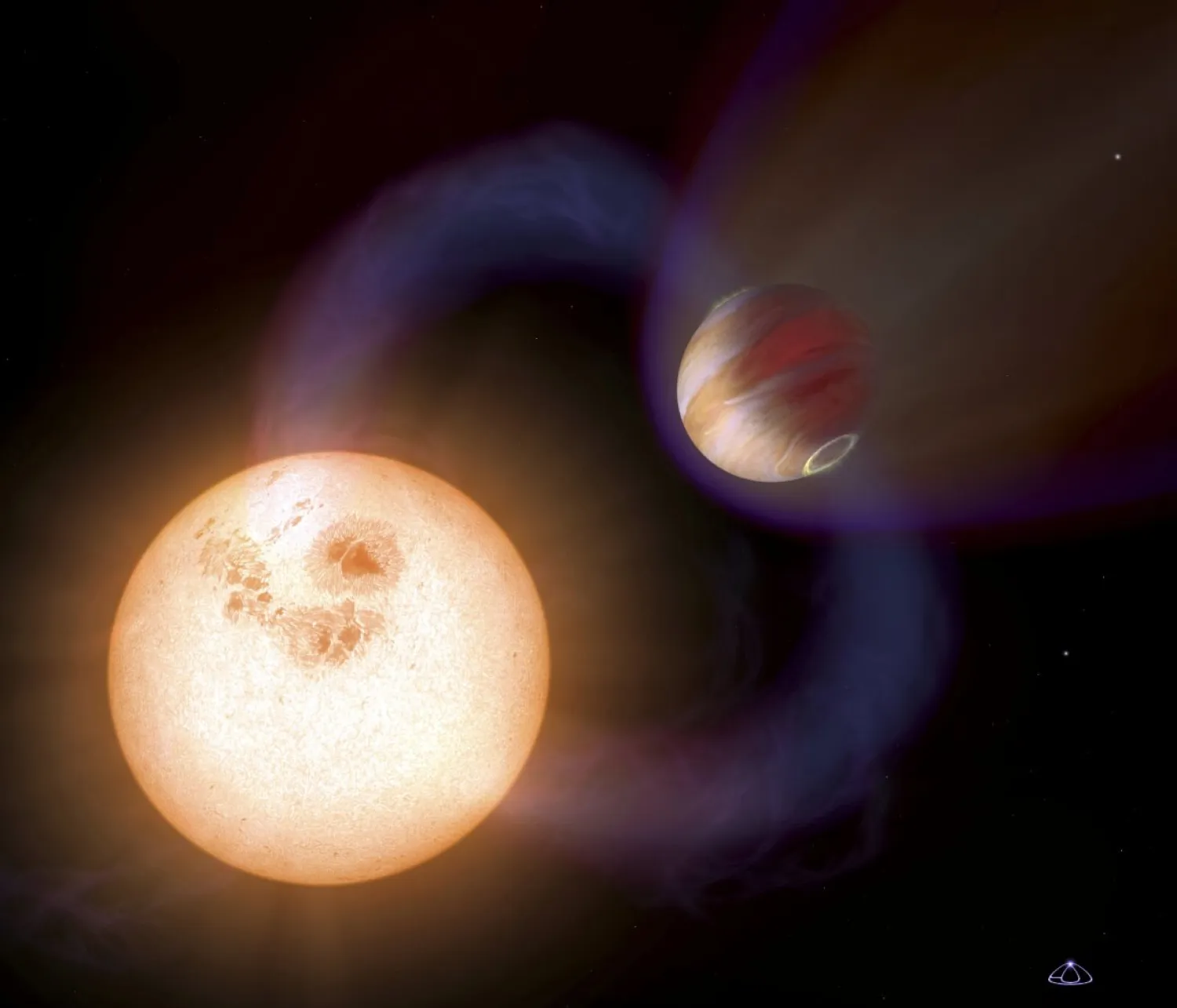Scientists have detected an exotic planet in another solar system where the weather forecast is always dire - a 100 percent chance of the most outrageous rain imaginable, with droplets of hot liquid iron.
The researchers said on Wednesday they used the planet-hunting ESPRESSO instrument on the European Southern Observatory's Very Large Telescope in Chile to observe a planet called WASP-76b located about 640 light years from Earth.
It is nearly twice the size of Jupiter, our solar system's largest planet.
Planets discovered outside our solar system are called exoplanets, and WASP-76b is one of the most extreme in terms of climate and chemistry. It is a member of a family of exoplanets spotted in recent years called ultra-hot gas giants, Reuters reported.
It resides outstandingly close to its star, which is almost twice as big as the sun. WASP-76b orbits at only three times the radius of that star, much closer than our solar system's innermost planet Mercury orbits the sun. The same side of WASP-76b always faces its star, much as the same side of our moon always faces Earth.
The planet receives 4,000 times the solar radiation that earth gets from the sun, and its dayside temperature reaches 2,400 degrees Celsius. This ferocious heat vaporizes metals present in the planet, with strong winds then carrying iron vapor to the planet's cooler night side where it condenses into liquid iron droplets.
Molten iron rain may be a unique feature of these ultra-hot exoplanets, according to University of Geneva astronomer David Ehrenreich, lead author of the study published in the journal Nature.
"The extreme atmospheric conditions met in WASP-76b and its siblings, other ultra-hot gas giants, are not found anywhere in our solar system. Therefore, these exotic objects are unique laboratories to crash-test our climate models and understand the most extreme forms of atmospheric evolution," Ehrenreich said.







